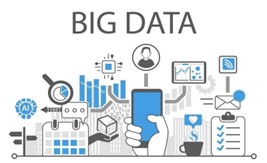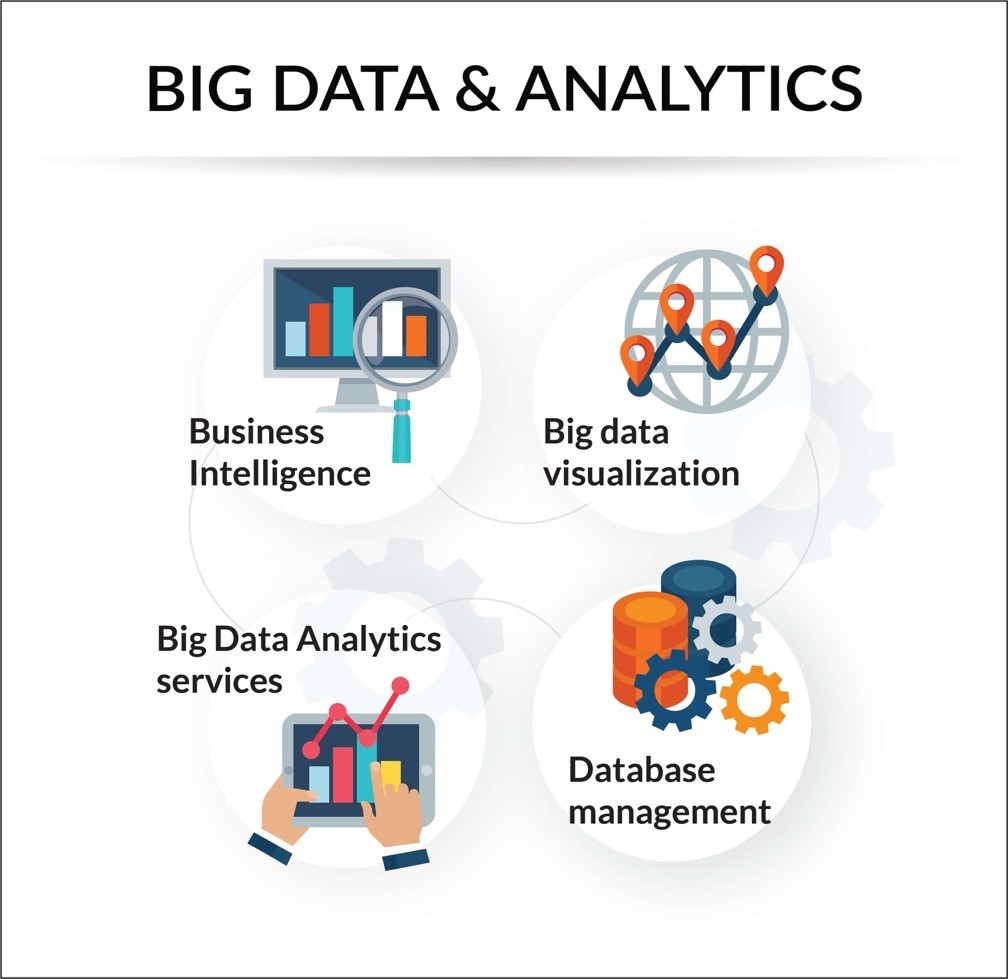Big Data and Analytics
In recent years, technology has broken its barriers and advanced in tremendous ways where the evolution of technology to date is unimaginable. Big data analytics has gained a unique place in this development journey globally. The growth in popularity of Big data and its usage appears to have no end. Since its introduction, big data has contributed to the digital transformation of our world, which has helped improve various fields.

In simple terms, data is defined as unprocessed data capable of being stored and transmitted in the form of electronic signals. Unfortunately, today, we have to look at alternatives other than data due to the increased necessity to store and process more than terabytes of data daily. To address this problem, big data is adopted nowadays in Amazon, Facebook, Spotify, and many more. Let us dive deep into big data to get a better image.
Data that is impossible to process, store, or analyse using traditional methodologies is generally referred to as Big Data. The National Institute of Standards and technology report defines Big Data as follows,
“Extensive datasets primarily in the characteristics of volume, velocity, and variability that require a scalable architecture for efficient storage, manipulation, and analysis.”
Moreover, Volume, Velocity, and Variety, or in other words, 3V, forms the foundation of Big Data which gained momentum in the early 20s. With the rapid industrial evolution, Big data comes in handy as it combines all 3 data types:
structured, unstructured, and semi-structured. In addition to the 3Vs defined, we can further categorize big data as 5Vs to include Value and Veracity.
Suppose we put the term big data analytics into a simple and understandable form that conveys the idea. In that case, Big data analytics uses advanced analytic techniques against large, diverse big data sets. Data for analysis include structured, semi-structured, and unstructured data, from different sources and of various sizes, from terabytes to zettabytes, to extract meaningful insights, such as hidden patterns, unknown correlations, market trends, and customer preferences, and arrive at meaningful conclusions.
In the early stages, this was only possible for huge organizations which stored large numbers of data in an organized manner. But now, with the growth of cloud computing, whoever is in need can use Big data via cloud computing technologies. Vendors, such as Amazon Web Services (AWS), Google, and Microsoft, have made it easier to access and benefit everyone.
We can take advantage of big data analytics in four significant areas. It will help in analysing and predicting future risks and avoiding uncertainties. It will help in product development and research where we can understand different patterns and will be able to predict the approximate output without spending millions on them. Moreover, while making business decisions and forming strategies, big data analytics will come in handy to arrive at the most appropriate conclusion. Last but not least, in this digital era where people prefer window shopping and online purchases, big data can help us take an extra step to ensure the customer’s eternal satisfaction and provide them with pleasant treatment. In such ways, big data analytics can significantly support industries and businesses to grow and avoid risks.
The rise of Big data has surprisingly become a critical turning point in data analysis history due to the capability to analyse massive data sets. Hopefully, Big Data and AI will be the next industrial era.

